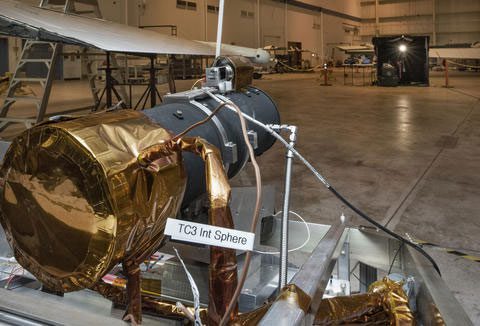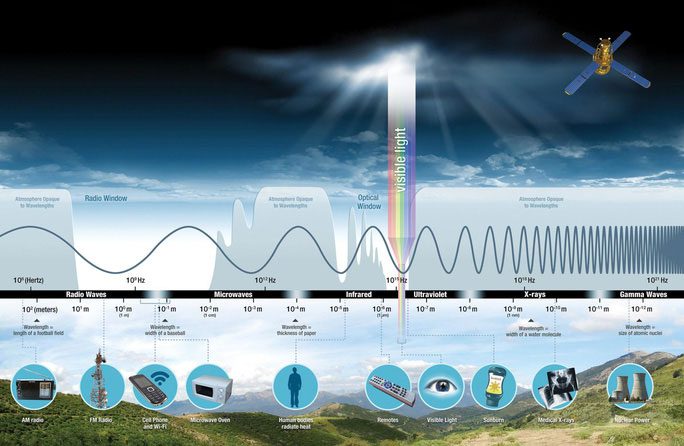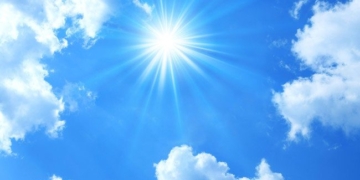The idea, seemingly steeped in legend, will help NASA possess the most accurate operating satellite system, as with science, moonlight does not deceive.
NASA recently announced the first results from the Airborne Lunar Spectrometer – air-LUSI – following its flight from March 12 to 16 on NASA’s ER-2 aircraft, aimed at accurately measuring the amount of light reflected from the Moon.

Air-LUSI before boarding – (Photo: NASA)
According to SciTech Daily, NASA stated that reflected moonlight is a stable light source that researchers are utilizing to improve the accuracy and consistency of measurements among Earth observation satellites.
“The Moon is extremely stable, unaffected by Earthly factors like climate, at any level,” explained Professor Kevin Turpie from the University of Maryland, the principal investigator for the air-LUSI mission.
NASA currently has over 20 Earth observation satellites, providing scientists with a global view of Earth’s systems and their interconnections. These satellites measure the wavelengths of light reflected, scattered, absorbed, or emitted by Earth’s surface, water, and atmosphere.
Like instruments in an orchestra, these satellites require harmony to produce the most accurate measurements. Moonlight will serve as the tuning fork to align them, ensuring the satellite system operates perfectly.

This electromagnetic spectrum shows how energy is transmitted. Humans can only see the visible light, but the entire spectrum will be used by NASA’s Earth observation tools – (Photo: NASA)
Air-LUSI is essentially a state-of-the-art spectroscopic telescope that NASA first tested in November 2019. However, due to the Covid-19 pandemic, subsequent testing phases were continuously interrupted. It was not until March 2022 that it could begin official flights.
Air-LUSI will continue to fly multiple times in the near future. NASA’s new mission focuses on satellites studying phytoplankton, aerosols, clouds, ocean ecosystems, and more—missions that will greatly benefit from moonlight guidance.
According to Professor Turpie, thanks to moonlight, they will significantly enhance the capabilities of many observatories in space and on the ground.





















































